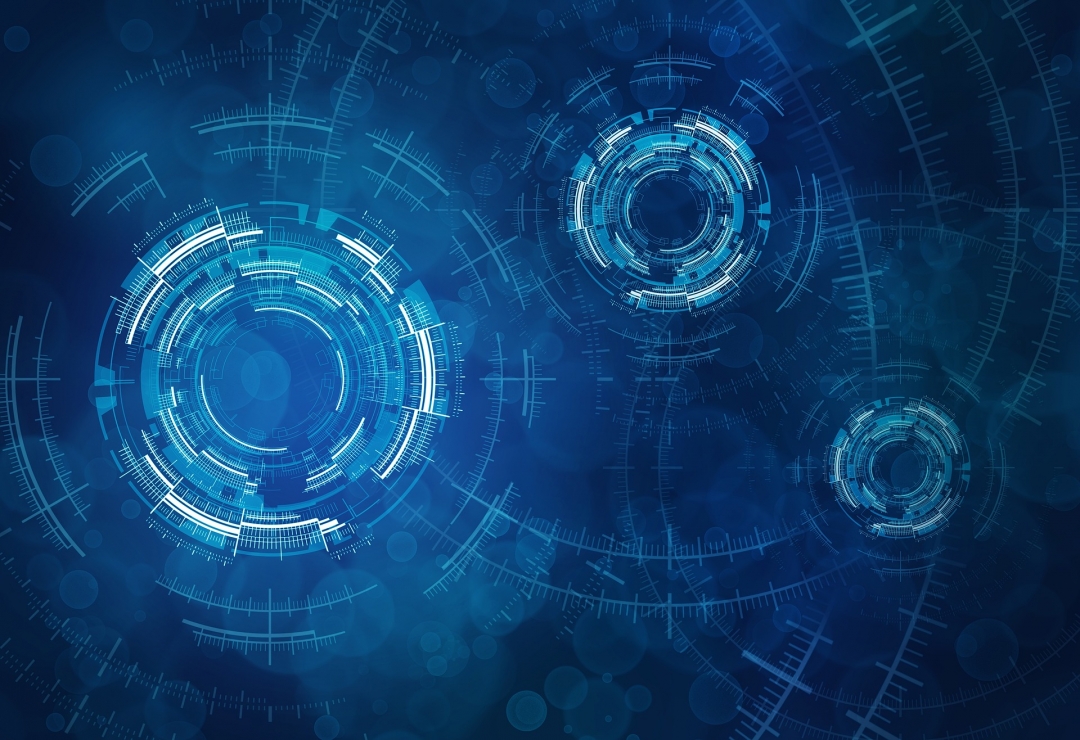Security is a hot topic in the world today. Everyone wants to feel safe and secure, whether they are at home, at work, or out and about. While security is often thought of as being synonymous with strength – that is, having a strong physical presence that deters criminals and other bad actors – there is more to security than just brute force. In this blog post, we will discuss some of the other aspects of security that are often overlooked but are just as important as having a robust physical security posture.
Technology
The use of technology to monitor and protect your environment is becoming increasingly important. Not only can technology be used to detect intrusions, but it can also alert you of suspicious activity or unauthorized access attempts. With the right tools, you can get a real-time view into what is happening in your environment and respond quickly when necessary. For example, with the right hardware, you can monitor and respond to events such as intrusion attempts or unauthorized access. Also, with the right software, you can detect malicious activity and respond to it quickly.
Personnel Security
Having the right people in place is just as important as having the right technology. Personnel security refers to the control and management of personnel who have access to sensitive information, facilities, and other assets. This includes not only hiring the right people for the job but also properly training them on security policies and procedures. It also includes regularly assessing employee access to ensure that only those with the appropriate clearances have access to sensitive information.
Password Managers
Using strong and unique passwords is a must when it comes to security. Password managers are becoming increasingly common, as they can generate, store, and manage passwords for the user. This can help reduce the risk of unauthorized access, as users will no longer have to remember multiple passwords. Look for the best password managers that offer two-factor authentication and other advanced features such as password expiration and password history.
Policies & Procedures
Having documented policies and procedures for how visitors should be treated, who has access to certain areas, and other security concerns are essential for maintaining an effective security posture. Establishing guidelines that everyone must follow will ensure all employees understand their roles in keeping the facility safe and secure. For example, having a policy for visitors that includes areas they are not allowed to enter and what type of identification is required to gain access.
Training & Education
No matter how good your physical security measures are and how well your policies and procedures are written, it all comes down to the people. Making sure everyone understands their role in keeping the environment safe is key to creating a secure environment. This can be done through regular training sessions on topics such as protocol for visitors, basic security measures, and overall safety awareness. For example, conducting regular drills on how to evacuate the premises in an emergency.
Physical Security
Of course, having a strong physical presence is still important for any security program. Having the proper equipment and personnel in place to monitor activity and respond quickly in case of an incident is essential for deterring criminals and keeping everyone safe. For example, installing motion sensors and cameras in areas where personnel are not allowed.
Crisis Management
Security is not just about prevention – it’s also about being prepared for an emergency. Having plans in place on how to respond to a security breach, natural disaster, or other incident can help ensure that everyone knows what to do and can help minimize the damage caused. For example, having emergency protocols in place for how to lock down the building and contact authorities in case of a break-in.
Monitor & Analyze
Finally, it’s important to constantly monitor and analyze your security environment. This includes regularly reviewing logs for suspicious activity, watching for any changes in regulations or laws that could affect operations, and monitoring social media for possible threats. Taking the time to do this can help ensure all aspects of security are covered and that you are always prepared. For example, regularly reviewing access logs to ensure that only authorized personnel have access to sensitive information.




